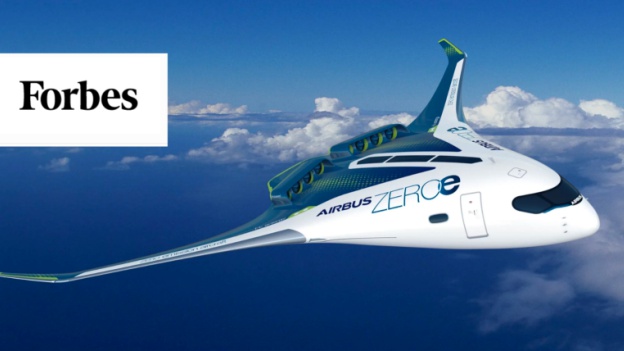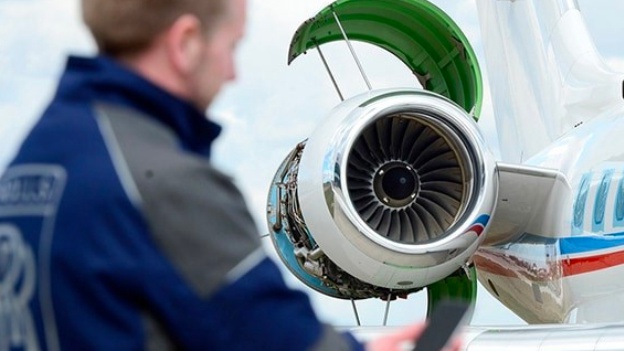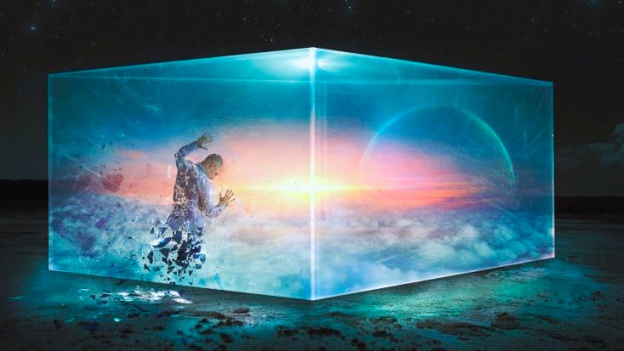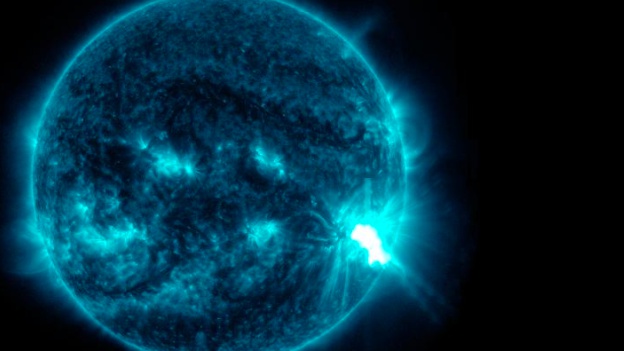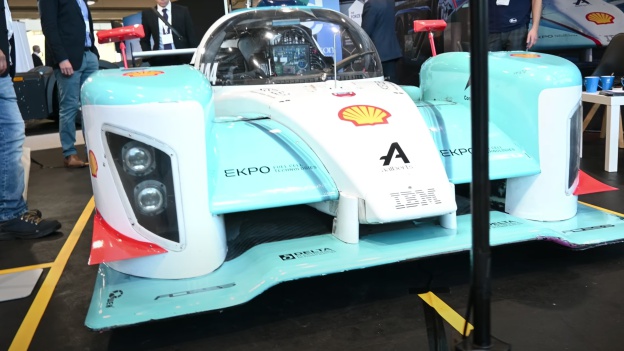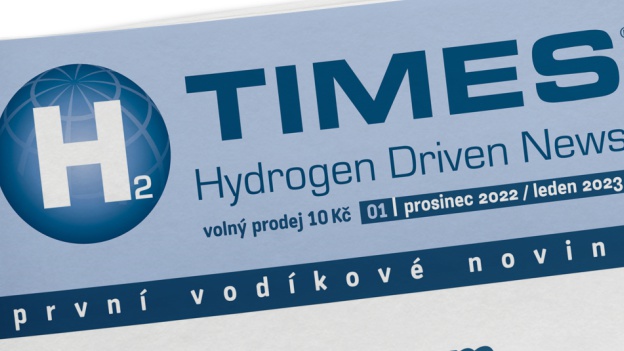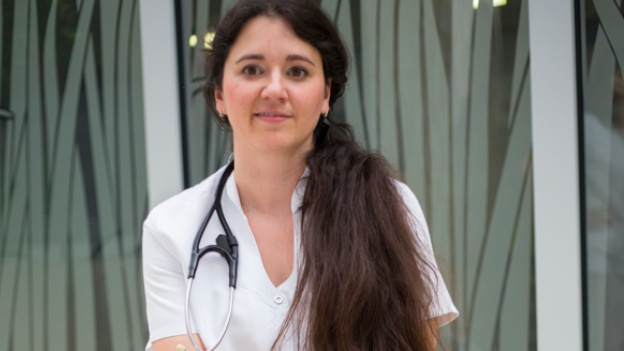It was the most powerful U.S. H-bomb explosion, but the Soviets later far surpassed it. With a force of 15 megatons of trinitrotoluene (TNT), the Bravo hydrogen bomb detonated on March 1, 1954, at Bikini Atoll in the Marshall Islands was about 1,000 times more powerful than the atomic bomb dropped on Hiroshima in August 1945. Yet it was about four times weaker than the Soviet hydrogen Car-bomb of October 1961, which had a yield of about 50-60 megatons of TNT. At the time, the test provoked strong international opposition to similar tests.
The bomb's very powerful effect, three times greater than expected, led, along with other factors, to the worst radioactive contamination the U.S. had ever experienced. The radioactive fallout and ionising radiation affected hundreds of residents of Rongelap, Rongerik or Utirik atolls (150 to 450 kilometres from the epicentre), 23 fishermen on the Japanese ship Happy Dragon, which was about 140 kilometres away at the time of the test (one of whom, Aikichi Kuboyama, soon succumbed to the effects of the radiation), and the crews of other ships.
The principle of the hydrogen (thermonuclear) bomb is based on the fusion of nuclei of light isotopes of hydrogen. The energy needed to overcome the nuclear forces that prevent fusion can be supplied to the H-bomb by the explosion of a conventional nuclear charge, in which the elements are fissioned, not fused.
German physicists Hans Bethe and Carl von Weizsäcker came up with the idea that the fusion of light nuclei releases more energy than the fission of heavy nuclei shortly before the outbreak of the Second World War. They were trying to explain where the sun gets its energy from. The idea of a bomb that would use a nuclear explosion to heat a fusion mixture was then born during the war in the mind of Edward Teller, a Hungarian physicist living in the USA. The basis for its construction was calculated by a native Pole, Stanislaw Ulam.
The Americans then carried out the first thermonuclear explosion in November 1952, but their Ivy Mike bomb, which had a yield of over ten megatons of TNT, was militarily useless. Unlike the liquid deuterium used in Ivy Mike, the Bravo bomb used lithium deuteride as the fusion fuel, which made it transportable.
The Bravo bomb consisted of a large cylinder weighing 10.7 tonnes, 4.5 metres long and 1.4 metres wide. The bomb was planted in a tower on an artificial island built on the reef of Namu Island on Bikini Atoll and detonated at 6:45 a.m. local time.
When the bomb detonated, a fireball about five kilometres in size was created within one second and was visible from Kwajelein Atoll, 450 kilometres away. The explosion left a crater two kilometres in diameter and 75 metres deep. The nuclear mushroom reached a height of 15 kilometres within a minute and stopped six minutes after the explosion at an altitude of 40 kilometres above the Earth.
The cause of the higher effect was a mistake made by the designers of the device at the Los Alamos laboratories in the USA.
Radioactive fallout spread eastwards to the inhabited atolls, from which the US Navy evacuated over 200 islanders and 28 US soldiers there for up to three days after the explosion because of nausea (some of those affected later lost their nails and hair). Because of the subsequent health problems, many Marshall Islanders received compensation from the U.S. government. The fallout affected Australia, India, Japan and even the US and parts of Europe.
Although residents were evicted from the area, in 1990, more than 30 years after the experiments ended, a college of American doctors declared that the experimental nuclear explosions in the area were responsible for 23 forms of cancer and other diseases.
In 1995, hitherto classified material was made public that suggested Americans feared the Soviet Union would try to kidnap American atomic scientists or attack the nuclear missile site on Eniwetok Atoll. The Pentagon therefore developed a secret plan that determined how to hold off the Soviet attackers long enough to evacuate American atomic scientists and important materials from the atoll.
Source: CTK
Photo source: image created by AI












